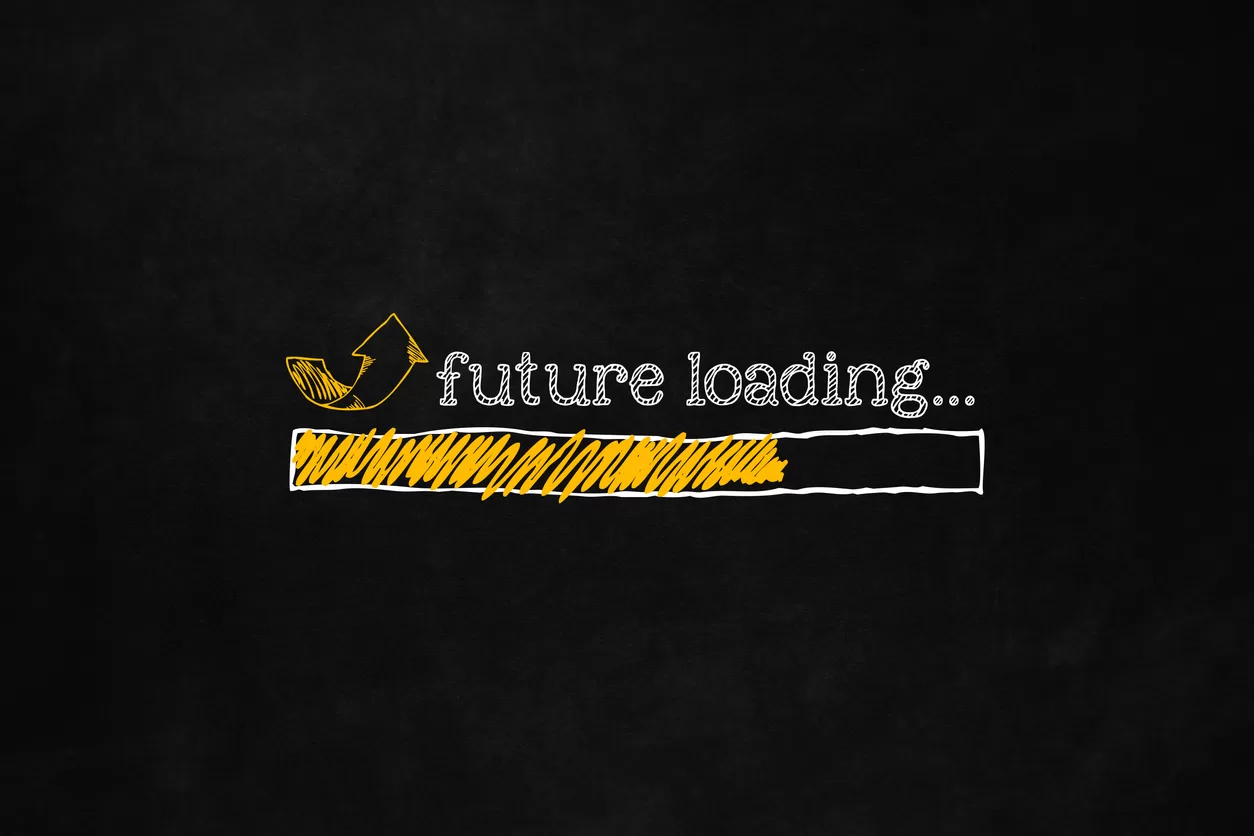
In order to prepare future graduates for work, universities must align their teaching and processes with technological advancements.
In the new millennium, technology began to infiltrate the education process, and both students and teachers started to utilize technology in basic ways (otherwise known as Education 2.0).
As this technology advanced, including the mass infiltration of a more user-generated internet, Education 3.0 was formed.
Students now had their own access to information, the option to learn virtually, and platforms to easily connect with faculty and other students.
Education was no longer centered upon a back and forth between students and teachers, but instead took on a more networked approach, with students having their own direct connection to a variety of different information sources.
This encouraged the development of a more personalized way of learning where the student’s independence and unique approach to study was celebrated.
However, we’re now on the cusp of a new phase; Education 4.0.
X
What is Education 4.0?
Education 4.0 is a desired approach to learning that aligns itself with the emerging fourth industrial revolution.
This industrial revolution focuses on smart technology, artificial intelligence, and robotics; all of which now impact our everyday lives.
For universities to continue to produce successful graduates, they must prepare their students for a world where these cyber-physical systems are prevalent across all industries.
This means teaching students about this technology as part of the curriculum, changing the approach to learning altogether, and utilizing this technology to better improve the university experience.
career options; something that will be extremely valuable in the future.
Alongside their degrees, they might also look for job opportunities for students to allow them to gain work experience to support themselves financially and to build their skills in teamwork and communication in readiness for the careers ahead of them.
Preparing students for evolving industries
Cyber-physical systems are steadily becoming more integrated into various industries, inevitably affecting the skills requirements for employees.
Research by McKinsey Digital revealed that due to the fourth industrial revolution 60% of all occupations could potentially have at least a third of their activities automated.
The topic of how artificial intelligence might affect jobs in the future was explored in our previous blog: How will Artificial Intelligence Influence the Global Higher Education Sector?
However, there is much more to consider than the potential disruption to the hard skills required for various job roles.
The fourth industrial revolution will also impact the soft skills that students will need in the future.
In 2016, the World Economic Forum produced a report exploring these changes. They predicted that by 2020, “more than a third of the desired core skill sets of most occupations will be comprised of skills that are not yet considered crucial to the job today.”
Some of the soft skills they claim will soon become indispensable include complex problem solving, social skills, and process skills.
Technology also allows us to be constantly connected, and as a result, job roles are steadily becoming more flexible and adaptable.
Education 4.0 is about evolving with the times, and for higher education institutions, this means understanding what is required of their future graduates.
Undoubtedly, in order to produce more graduates who are prepared to take on the future state of employment, universities must evolve, and accept that changes to some traditional processes are inevitable.
X
A new approach to learning
By aligning teaching and learning methods with the skills needed in the future, universities can be sure they are successfully preparing their students for the fourth industrial revolution.
One method of doing so is by encouraging accelerated remote learning, which is the idea that students will learn theoretical knowledge remotely using digital means, whilst ensuring any practical skills are still learnt face-to-face.
This is a more flexible way of learning that requires accountability and good time management; skills that will be relied on due to the rise in the freelance economy.
The move towards this way of working will also require students to learn how to adapt quickly to new situations they may face in their evolving careers.
Project-based learning highlights the importance of studying a wide set of skills that can then be applied to each scenario, as opposed to sticking to a set of skills directly linked to a specific job role.
Learning practices such as SCALE-UP are increasing in popularity, with institutions such as North Carolina State University utilizing the practice.
A SCALE-UP way of learning has students sit at round tables scattered across the room, allowing the teacher to freely walk through the space and approach students if necessary.
With this way of learning students are also “working out problems on laptops and whiteboards, answering real-time quiz questions, and helping each other learn.”
The approach to exams and assessments will also change, moving away from the traditional method of absorbing and relaying a vast amount of information; skills not as necessary in the future.
We may see students assessed instead “by analyzing their learning journey through practical and experiential learning-based projects or field works.”
Of course, the biggest change we are likely to see as part of Education 4.0 is a deeper fusion of technology into the teaching process.
The ultimate purpose of utilizing this technology and adopting new methods is to place students at the center of the education process, “shifting the focus from teaching to learning.”
Adapting to new realities
Higher education institutions are moving towards a more personalized way of learning.
By utilizing data and tracking student performance, universities will be able to identify struggling students and provide optimized learning strategies to suit their needs.
The various ways data is being used by universities is explored in more detail in our white paper: Your A-Z Guide to Data in Higher Education.
Education 4.0 embraces this advance in analytics and uses it to treat each student as an individual, understanding that everyone’s learning needs and desired outcomes will be different.
There have also been talks of entirely customizable degrees, whereby a student doesn’t have to pick just one or two subjects to study, but instead can select modules from multiple programs.
There are some, however, who aren’t yet convinced by this approach and view this move away from the traditional degree structure as problematic.
For example, Oxford Professor of Higher Education, Simon Marginson, believes that, “as long as they retain fixed curricula, flexibility makes other institutions look of lower quality.”
Yet the new approach to program structure is likely to create more versatile, well-rounded students who can adapt themselves to various career options; something that will be extremely valuable in the future.
Alongside their degrees, they might also look for job opportunities for students to allow them to gain work experience to support themselves financially and to build their skills in teamwork and communication in readiness for the careers ahead of them.
Undoubtedly, in order to produce more graduates who are prepared to take on the future state of employment, universities must evolve, and accept that changes to some traditional processes are inevitable.



